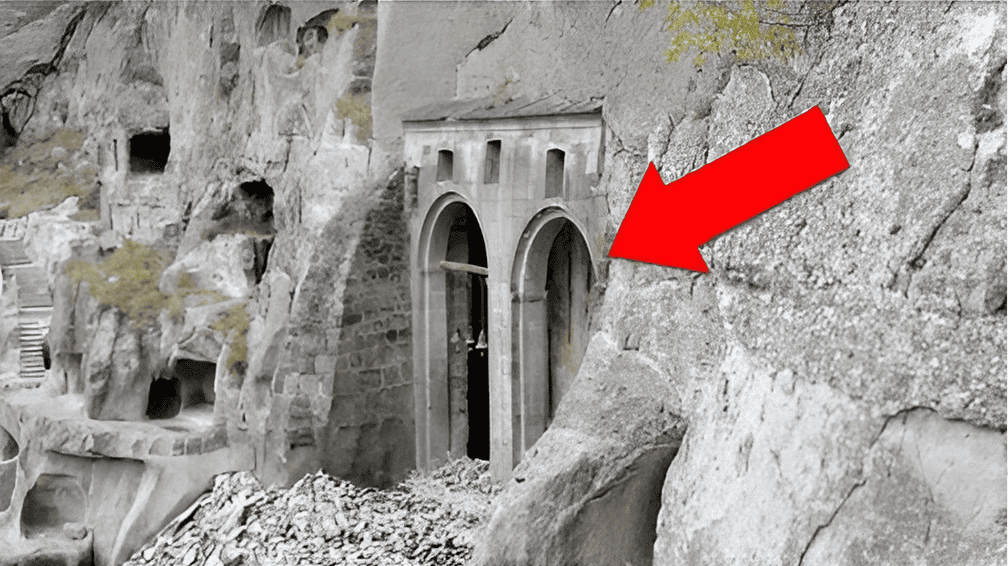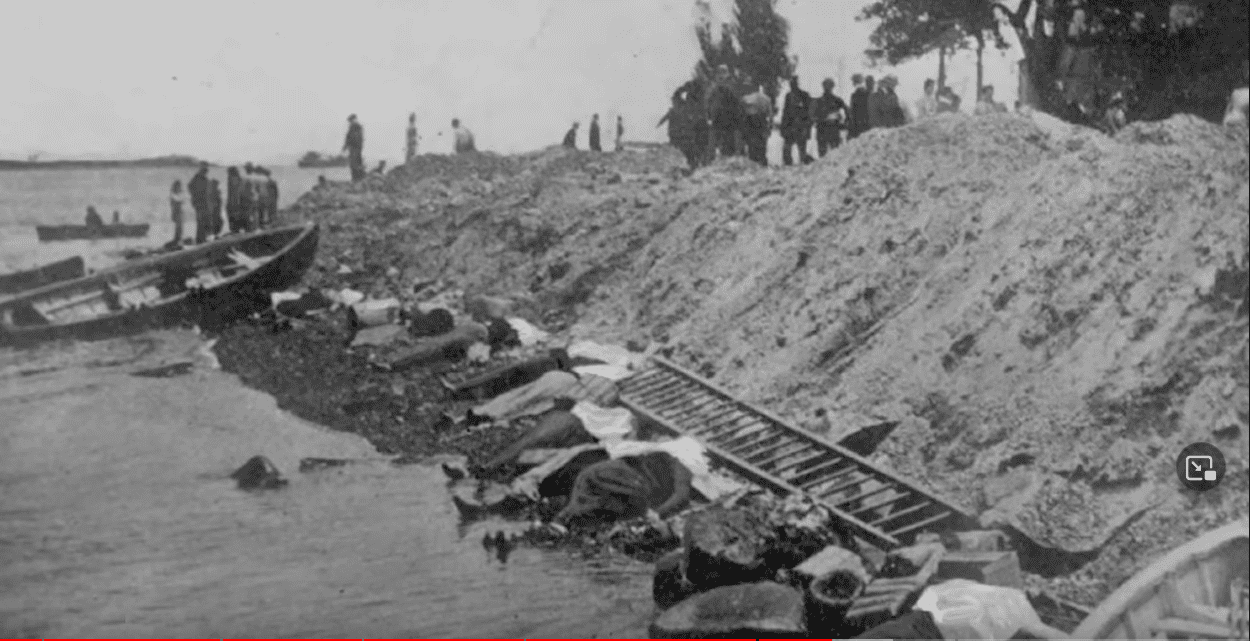Located about 30 kilometers from Aspindza on the slopes of Erusheti Mountain in Georgia, Vardzia stands exposed as a striking example of cave architecture, embodying the nation’s deep history through its rock-cut structures.
The origins of Vardzia date back to the 12th century when Georgia flourished under the rule of King Giorgi the Third. However, the true expansion of this cave city began under the reign of his daughter, Queen Tamar.
Intended as a fortress to safeguard against the constant threat of Mongol invasions, Vardzia rapidly evolved into something far greater – a self-contained monastic settlement, a center of culture and learning, and a symbol of Georgian resilience.
Carved into the side of a cliff, over 1,300 meters above sea level, Vardzia stretches over half a kilometer and rises up to nineteen tiers. It once boasted over 6,000 apartments with 2,000 resident monks, a throne room, and a large church named the Church of the Dormition, adorned with exquisite frescoes.
Legend says that the city was only accessible by a hidden tunnel and that Queen Tamar occupied 366 of the apartments, frequently changing her primary residence so that invaders would never know which one she was actually in.
The architects of Vardzia demonstrated remarkable foresight and ingenuity. The city was equipped with an intricate irrigation system, channeling water from the mountain to the complex. This system supported not only the city’s drinking needs but also its agricultural terraces, which were crucial for food production.
In 1283, a devastating earthquake struck, exposing the hidden city by shearing off the front of the mountain. This calamity marked the beginning of Vardzia’s decline, as the protection offered by its camouflaged façade was lost.
The finale of Vardzia’s decline commenced in the 16th century, following its capture by the Safavids in 1551, which led to significant casualties and the plunder of treasured icons and gospels. Subsequently, the Caucasus became a contested region between the Ottomans and Safavids, culminating in Vardzia’s abandonment.
Some monks eventually returned to the site, and a small monastic community persisted. The Soviet era would see further excavation and a partial restoration of the city. Today, a few monks reside here, continuing the spiritual legacy of this ancient city.



